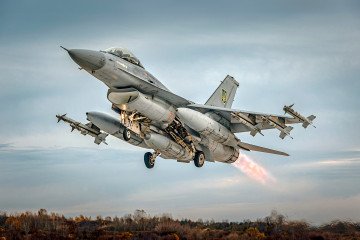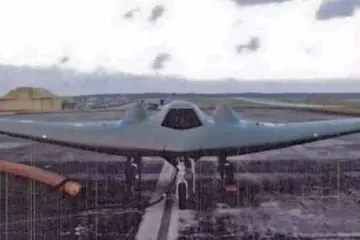- Category
- Latest news
Russia Offers India Su-57 Fighter With Source Code in Cunning Bid to Outpace F-35 Offer
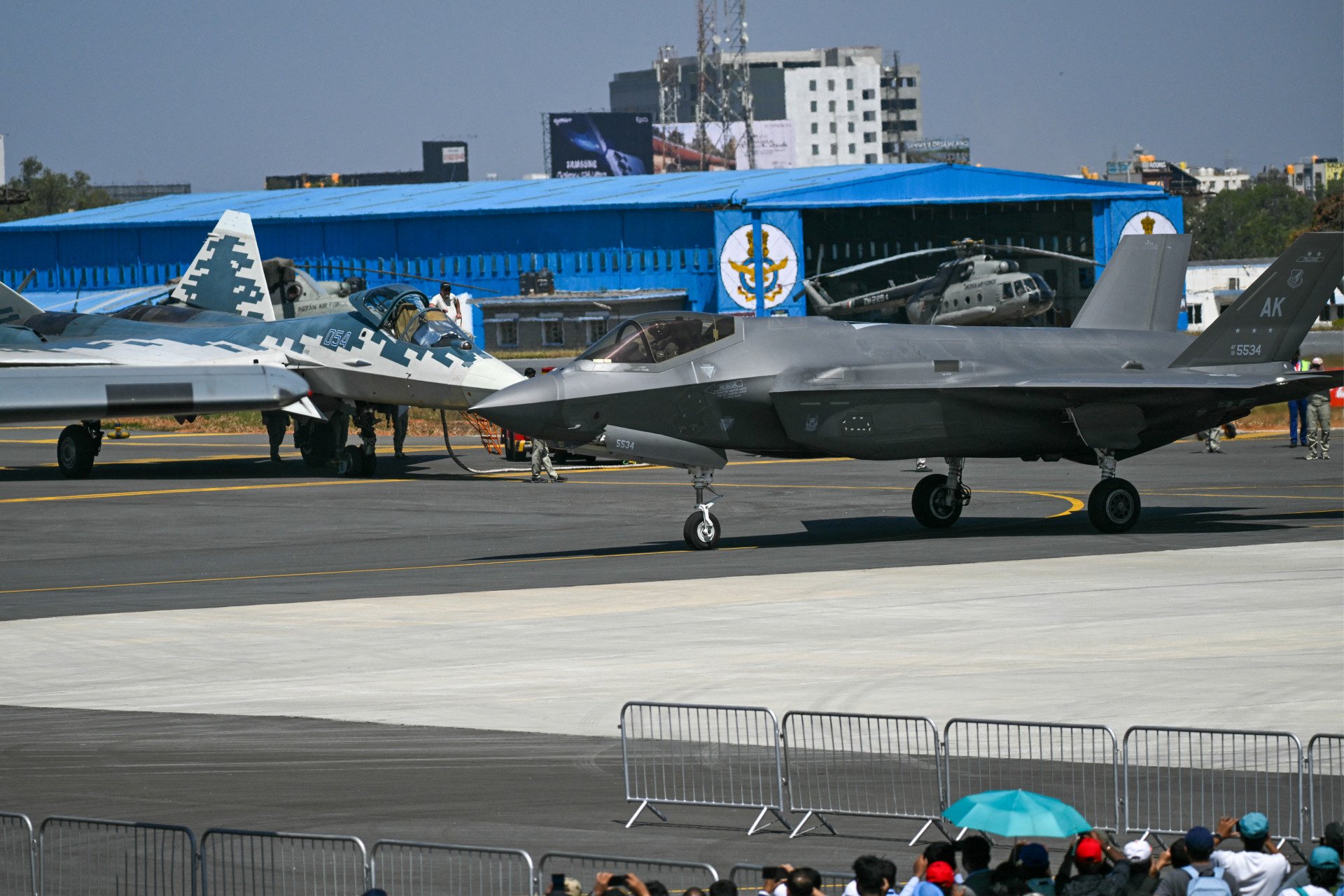
Russia has proposed an unprecedented defense deal to India: full source code access to its fifth-generation Su-57E stealth fighter, defense media outlet Army Recognition reported on June 4.
The offer, made by United Aircraft Corporation (UAC), has startled Western defense circles and could significantly shift the Indo-Pacific military balance.
According to Army Recognition, citing Indian officials, the proposal would allow New Delhi to fully integrate indigenous avionics and weapons into the Russian aircraft—flexibility far beyond what has been offered by the United States or Europe.
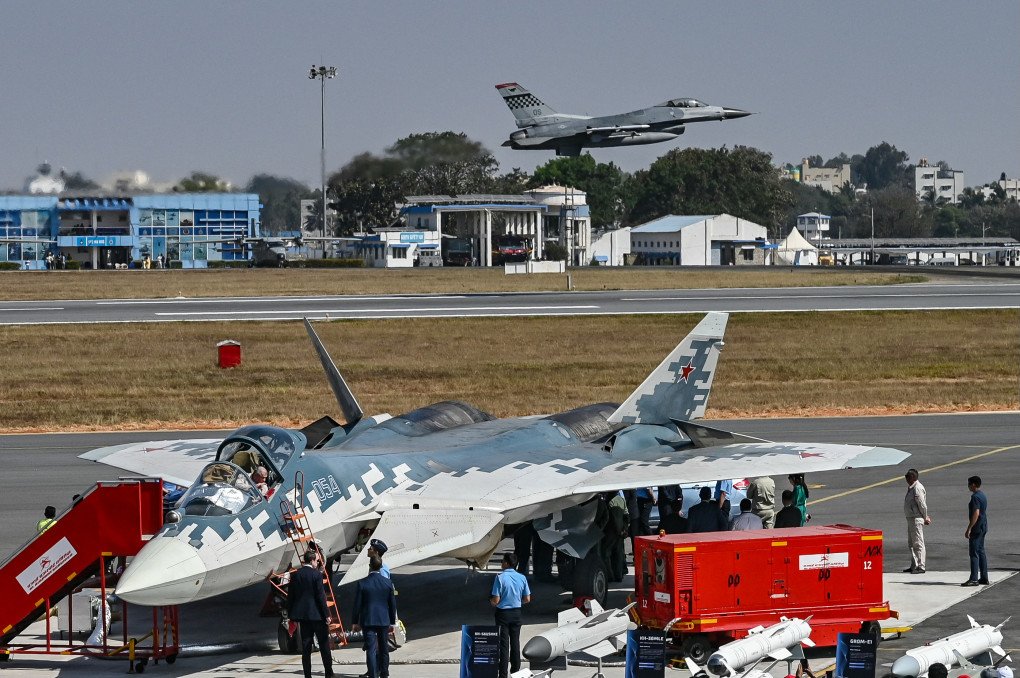
The move directly challenges Washington’s competing bid to sell India the F-35A, intensifying an already high-stakes competition for influence in the region.
Russia’s crown jewel, offered on India’s terms
The Su-57E is the export variant of Russia’s most advanced multi-role stealth fighter, developed by Sukhoi and manufactured by UAC.
Featuring low observability, supercruise capabilities, and advanced sensor fusion, the Su-57E is Russia’s answer to the US F-22 Raptor and China’s J-20.
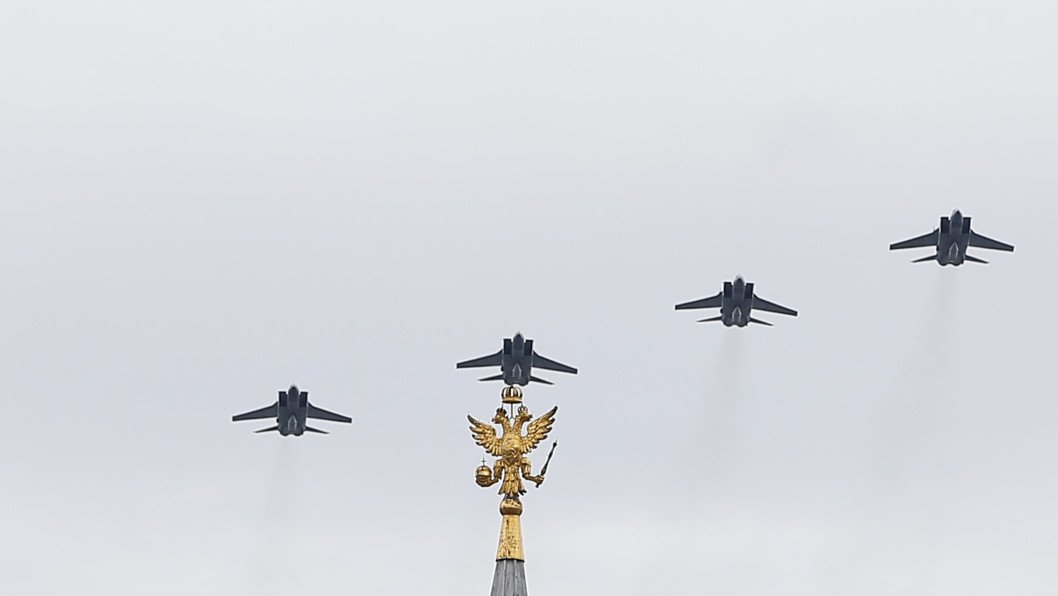
What sets the current offer apart is Russia’s willingness to grant full access to the aircraft’s software architecture. This would allow India to integrate domestic systems—such as the Astra Mk1 and Mk2 beyond-visual-range air-to-air missiles, Rudram anti-radiation missiles, and a wide range of Indian precision-guided munitions—directly into the aircraft without foreign interference.
The proposed Su-57E package reportedly includes a GaN-based AESA radar and an Indian-developed mission computer. These technologies are designed to complement India’s ongoing Super-30 upgrade of its Su-30MKI fleet, increasing combat synergies across its air force.
A shift from the past
While Russia and India previously collaborated on the Fifth Generation Fighter Aircraft (FGFA) program based on the Su-57 platform, the initiative stalled in the late 2010s over concerns about cost and capability.
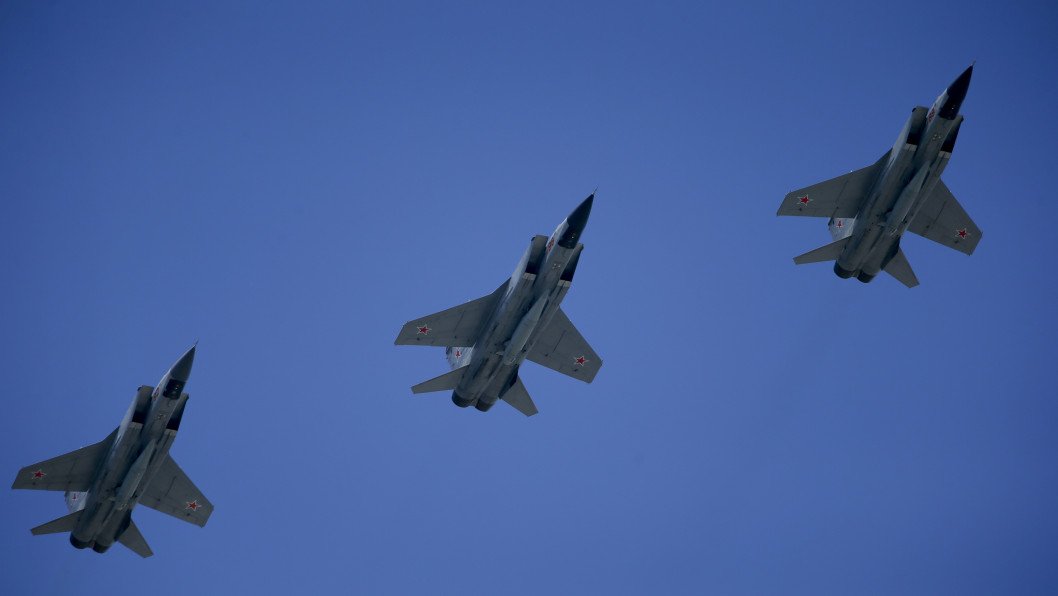
This new offer appears tailored to India’s current strategic and technological ambitions under its “Atmanirbhar Bharat” (Self-Reliant India) campaign.
In contrast to France’s Rafale, which offered limited access to source code and restricted integration of non-Western weapons, Russia’s offer represents what Indian analysts are calling a “paradigm shift.” A senior defense official noted, “No Western partner has ever allowed us this level of autonomy.”
Strategic and geopolitical implications
If finalized, the deal would mark a watershed in Indo-Russian defense relations. For India, it would significantly reduce reliance on US or European systems, boosting strategic autonomy as regional tensions with China and Pakistan continue to escalate.
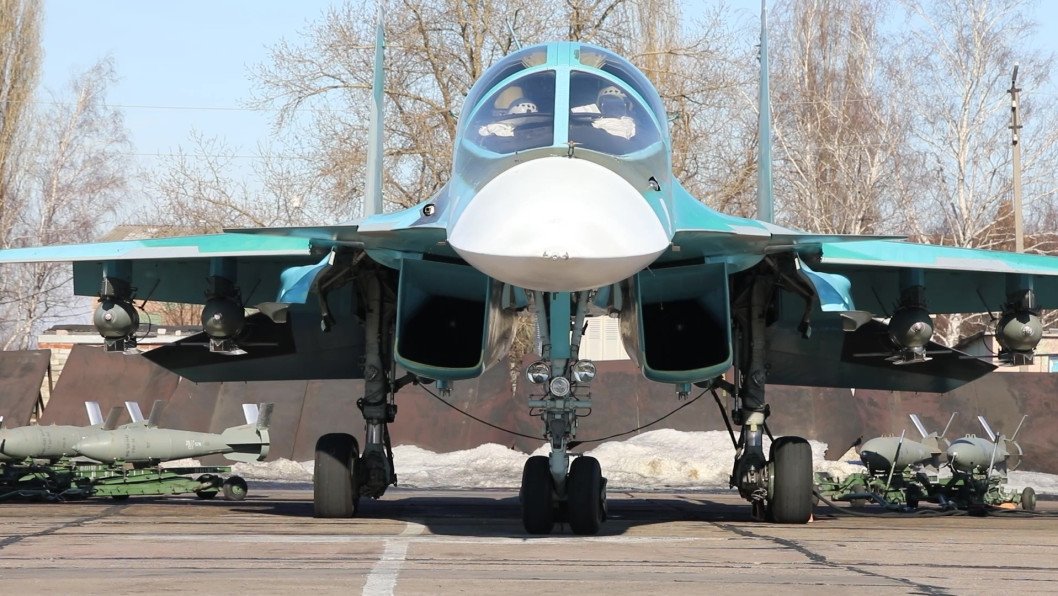
For Russia, the agreement offers a much-needed lifeline for its defense industry, strained under international sanctions. It also signals Moscow’s willingness to deepen ties with long-standing partners amid growing isolation from Western markets.
India, facing China’s increasingly capable J-20 fleet and ongoing border tensions, is under pressure to field a credible fifth-generation airpower capability. By co-producing and customizing the Su-57E with its own defense firms—likely including HAL and select private partners—India could rapidly leapfrog into the elite circle of nations fielding stealth fighters tailored to national needs.
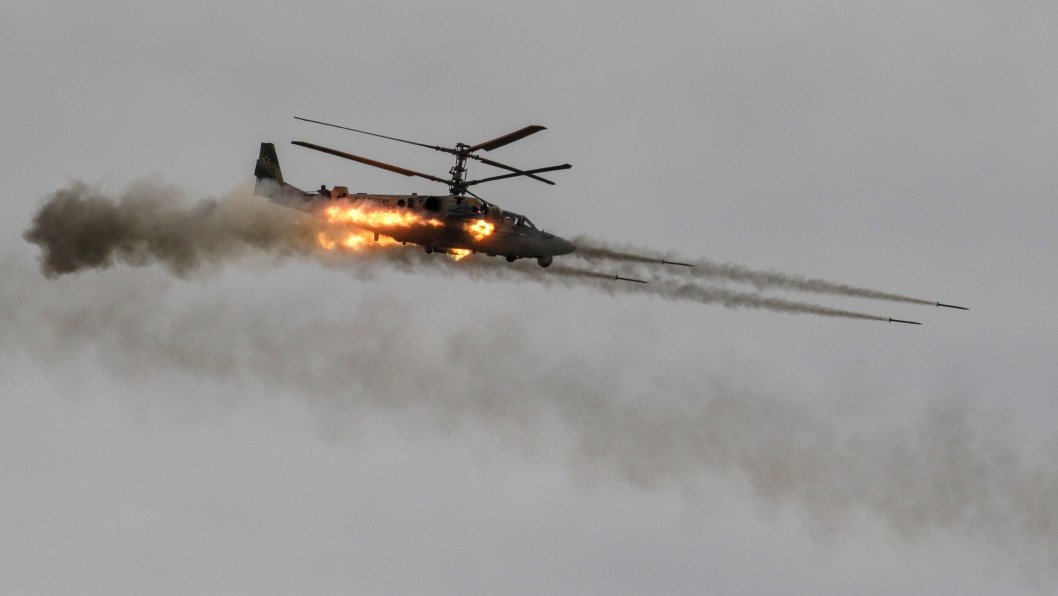
While no official contract has yet been announced, sources close to the negotiation say talks are active, and a formal announcement may be imminent. If the deal proceeds, it would establish India as the Su-57E’s largest customer and potentially set a new benchmark in how major powers share high-end defense technologies.
Earlier, India has taken a decisive step away from Russian military hardware, signing a $7.4 billion deal with France for 26 Rafale marine fighter jets—further solidifying a strategic pivot toward Western arms suppliers.



